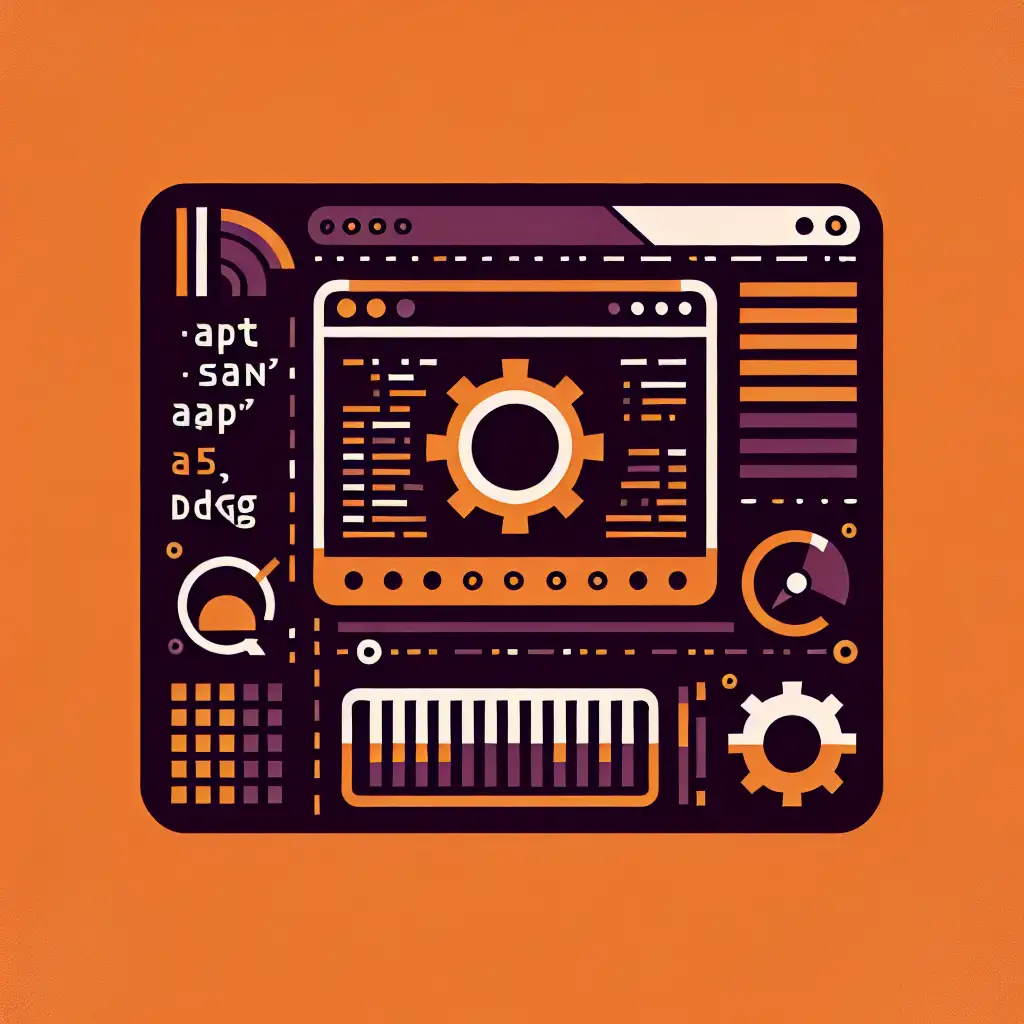Mastering App Installation on Ubuntu: Strategic Choices for Power Users
App installation on Ubuntu isn’t just about running apt install. Selecting how an application lands on your system directly impacts stability, maintainability, and performance. Let's break down tested approaches — with real-world usage in mind, not just theory.
Installation Methods: Not Interchangeable
Ubuntu supports several packaging formats and workflows:
- Debian Packages (
apt) — Canonical’s trusted, curated source. Tight integration with system libraries; minimal overhead. - Snaps (
snap) — Containerized userland apps. Version consistency, built-in sandboxing, bundled dependencies. - Source Compilation — Manual build for custom scenarios. Used when no suitable binary exists, or fine-tuned performance/features matter.
Problem: Picking an inappropriate method wastes disk, causes version skew, or opens security loopholes. Worst case, duplicate binaries live side-by-side, shadowed in $PATH.
1. apt: The Backbone
Scenario: Need a production-stable Redis server (redis-server), or deploying a predictable CI/CD toolchain.
First, always sync your repository metadata:
sudo apt update
Install with assurance packages are signed and tested:
sudo apt install redis-server=5:6.0.16-1ubuntu1.2
Note: Pin exact versions with
=if deterministic builds or reproducible environments are required.
Searching metadata:
apt-cache madison redis-server
When apt is the right approach:
- You demand stable, security-tracked code.
- You want zero friction upgrades (patch-level).
- Config files live in
/etc/, logs integrate with systemd.
Gotcha: You’re sometimes weeks or months behind upstream releases (backports/PPAs exist, but increase risk).
Real Issue Example: Attempting to install Python 3.10 before it's in official repos? You’ll end up wrestling with PPA policy and broken dependencies — sometimes safer to build from source.
2. Snap: Sandboxed and Up-to-Date
Security or version-sensitive applications (e.g., desktop Electron apps, or something like chromium) sometimes outpace Ubuntu’s LTS model. Snap packages bundle dependencies, minimizing runtime surprises.
sudo snap install chromium
chromium
Usability tip: Use snap info chromium to confirm revision history or available channels (--classic flag for less confinement).
Trade-offs:
- Disk impact: Snaps are typically much larger. On a minimal VPS, this is noticeable.
- Startup latency: Cold starts are slower — the squashfs is mounted at runtime.
-
Permissions Model: See
for interface bindings (filesystem/network access).snap connections chromium
Known issue: $HOME is mapped to ~/snap/* subdir by default in strict snaps, which breaks scripts referencing user files.
3. Compiling from Source: Customization/Troubleshooting
Sometimes prebuilt packages just aren't available, or you must tweak build flags (e.g., OpenSSL linked against a custom library, or turning on systemd support manually).
sudo apt update && sudo apt install build-essential libssl-dev
git clone https://github.com/wg/wrk.git
cd wrk
make CC=clang
sudo cp wrk /usr/local/bin/
Practical note: Always check for a Makefile target like make uninstall — not all upstreams support clean removal.
Non-obvious tip: When testing multiple builds, install in /opt/custom-app/ (./configure --prefix=/opt/custom-app), and add that directory to your user’s $PATH. This avoids clobbering system binaries or fighting dpkg.
Side effects: Source builds "vanish" from package managers — no tracking, no security CVEs, and risky to upgrade in-place. Keep a manifest of manual builds for future audits.
Mixing Methods: Minimizing Collisions
Don’t combine install methods for the same tool. Running both a Snap and an APT version of code (VS Code) results in:
/usr/bin/code
/snap/bin/code
Unsure which executes? Run:
which code
ls -l $(which code)
To swap fully, purge the other:
sudo apt remove code
sudo snap remove code
Hard lesson: Library conflicts from a stale compiled binary in /usr/local/bin can break scripts without warning, due to $PATH precedence.
Quick Matrix: What Fits Where
| Use Case | Method | Rationale |
|---|---|---|
| System services, CLI tools | apt | Stable, integrated, auto-updates |
| Latest GUI apps, bundled stacks | snap | Fast updates, fewer conflicts |
| Custom flags, legacy/no packages | compile source | Precision, edge-case needs |
| Short-lived experiments | Docker container | No host pollution, repeatable |
Advanced Practice and Tips
- Audit toolchains: Run
dpkg -l | grep <name>,snap list, and maintain a list of manually compiled binaries under/usr/localor/opt. - PPAs carry risk: Use
add-apt-repository ppa:some/ppasparingly. Third-party PPAs are a common root cause for package hell during Ubuntu dist-upgrades. - Isolation: For absolute reproducibility or when managing multiple conflicting stack versions, containerization (
podman,docker, orlxd) is safer than mixing installs on bare metal. - Watch logs: Unattended-upgrades for
aptsometimes fails due to manual changes in/etc/. Snap auto-refresh can interrupt running sessions (seesnap refresh --holdfor postponement).
Summary
Skillfully choosing how to install determines not just what’s running, but how easily you can upgrade, audit, or recover systems. Avoid duplicate dependencies and manage method boundaries tightly, especially on production or shared systems.
Still stuck? Sometimes, pinning versions or isolating builds is the only way out. Question assumptions; audit regularly.
Note: For packaging guidance, or custom deployment strategies (building your own .deb, snapcraft.yaml, or container images), refer to upstream docs or reach out via trusted engineering forums. The learning curve pays off when the next critical update cycles around.
